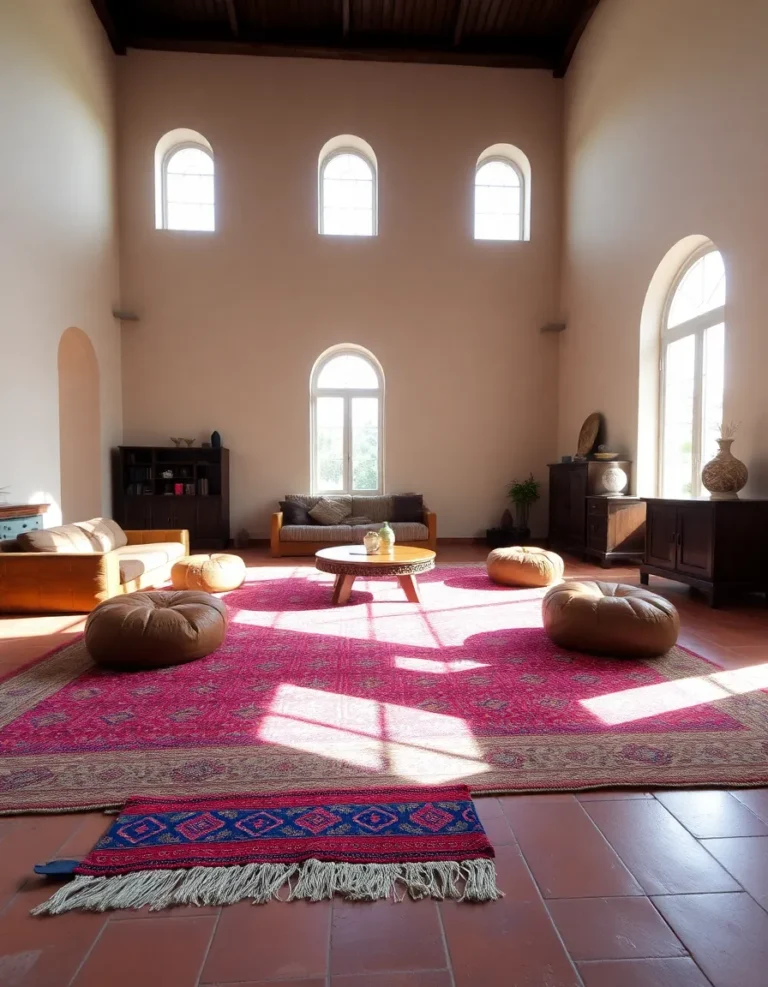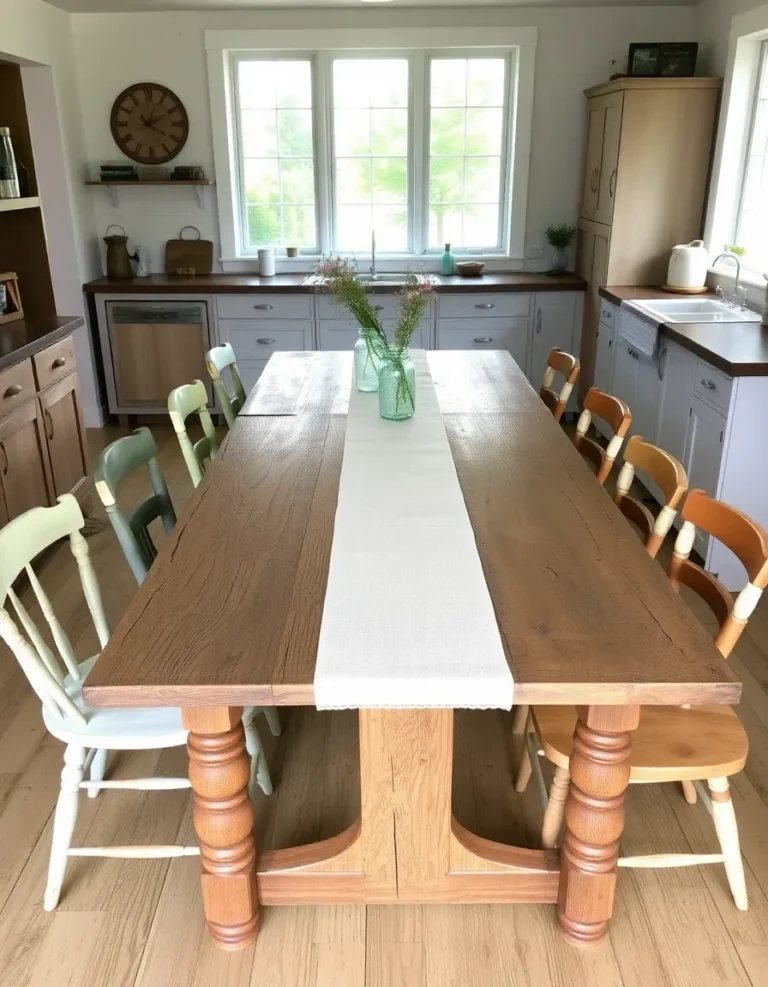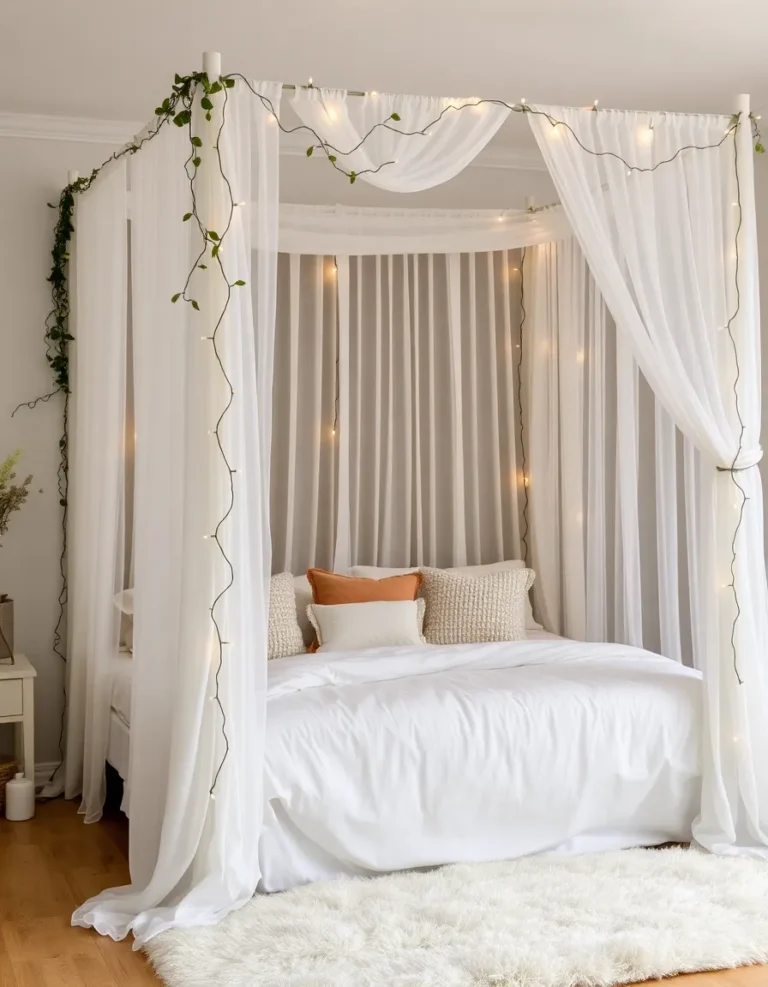Basement Flooring Options That Work in Small Spaces
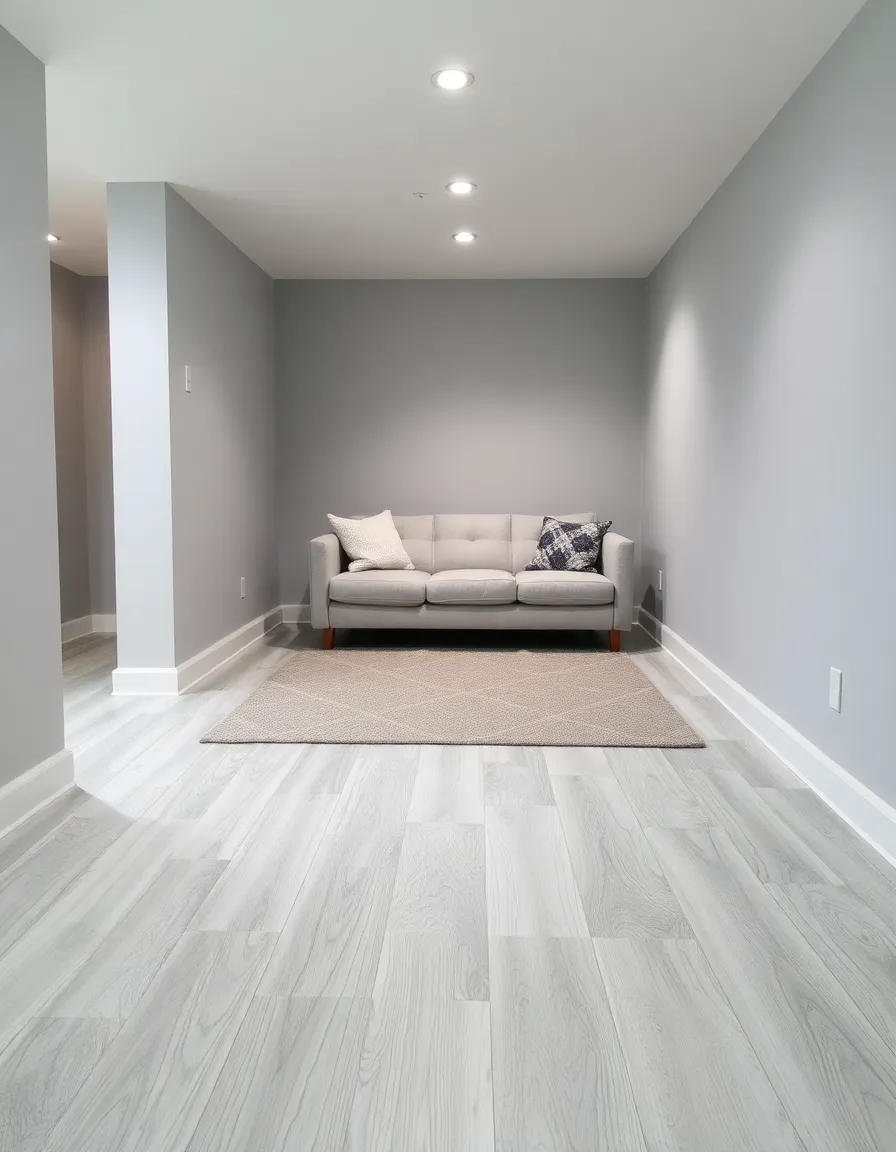
So, you’ve got a small basement, and you’re staring at that cold, concrete floor wondering how to make it less… dungeon-like? I feel you. Basements are tricky—they’re often damp, dark, and let’s be honest, a little neglected. But with the right flooring, you can transform that underutilized space into something cozy, functional, and maybe even Instagram-worthy (hey, no judgment).
Whether you’re turning your basement into a home gym, a guest room, or just a place to hide from your in-laws, the flooring you choose matters. Not all options work well in tight spaces, especially when moisture and low ceilings are involved. But don’t worry—I’ve been down this road (literally), and I’m here to save you from making expensive mistakes.
Let’s dive into the best basement flooring options for small spaces, weighing the pros, cons, and my personal “oops” moments along the way. Because nothing says “I’ve got my life together” like a basement that doesn’t look like a crime scene.
1. Luxury Vinyl Plank (LVP): The MVP of Basement Flooring
If basements had a dating profile, Luxury Vinyl Plank (LVP) would be the “swipe right” option. It’s durable, water-resistant, and comes in styles that mimic hardwood or tile without the hefty price tag. Plus, it’s thin enough that it won’t eat into your already-limited ceiling height—because let’s face it, basements aren’t exactly known for their soaring vertical space.
I installed LVP in my own basement last year, and it’s held up against spills, my dog’s occasional accidents (thanks, Fido), and even a minor flood when the washing machine decided to rebel. The click-lock installation is DIY-friendly, though I’d recommend a foam underlayment for extra comfort and moisture protection. Just avoid the cheapest options—they can feel flimsy and hollow underfoot.
Pro tip: Go for a lighter color if your basement lacks natural light. Dark floors can make a small space feel even more cramped, like you’re living inside a shoebox.
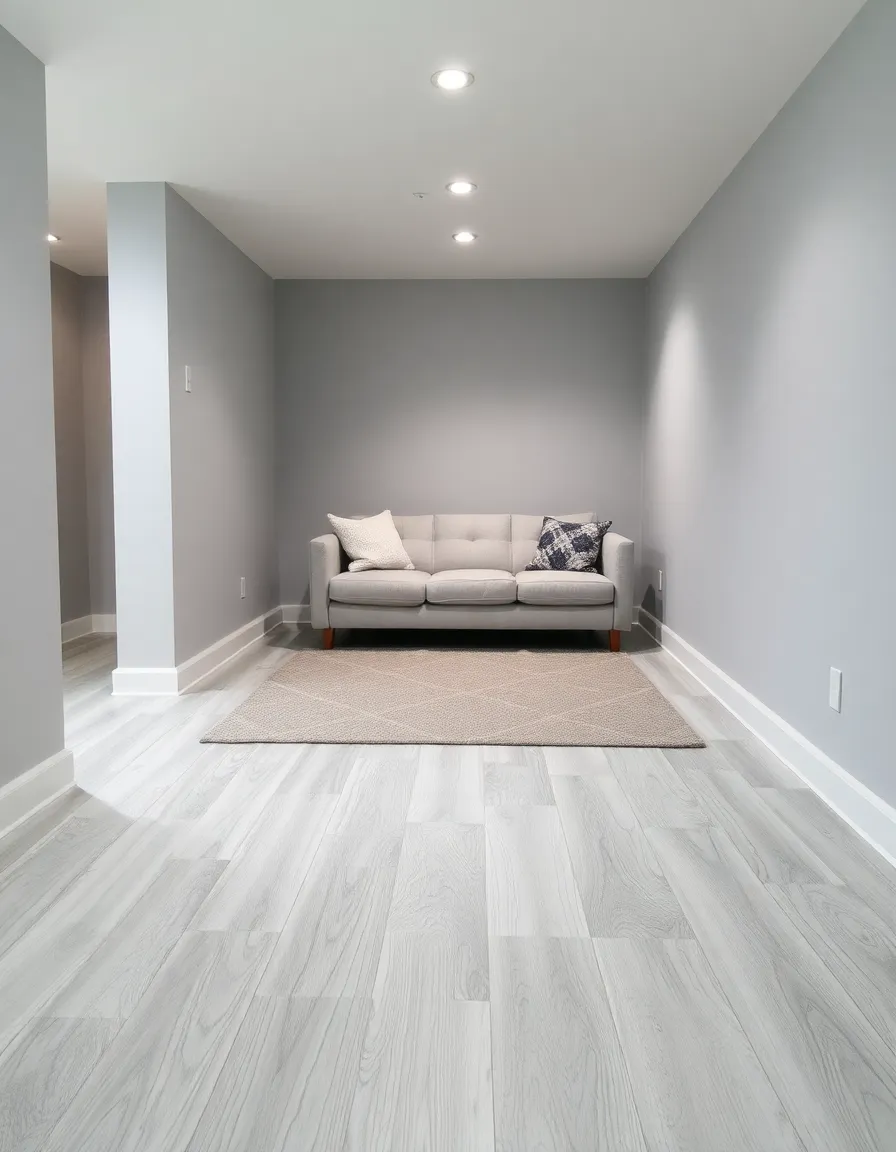
2. Ceramic or Porcelain Tile: Sleek but Cold (Literally)
Tile is a classic choice for basements because it laughs in the face of moisture. Spill your entire soda? No problem. Mysterious puddle from who-knows-where? Tile doesn’t care. But here’s the catch: it’s hard, cold, and can feel like walking on an ice rink in winter unless you add radiant heating (which, FYI, is a game-changer but also a budget-buster).
For small spaces, large-format tiles work best because fewer grout lines mean less visual clutter. I once helped a friend install porcelain tile in her basement studio, and while it looked amazing, we quickly learned that dropping anything ceramic on ceramic is basically a death sentence for your favorite mug. Rugs are non-negotiable here unless you enjoy the sound of shattering glass at 2 AM.
Pro tip: If you’re set on tile, pick a textured finish to avoid slips when the floor gets damp. Because nothing ruins movie night like a surprise pratfall.
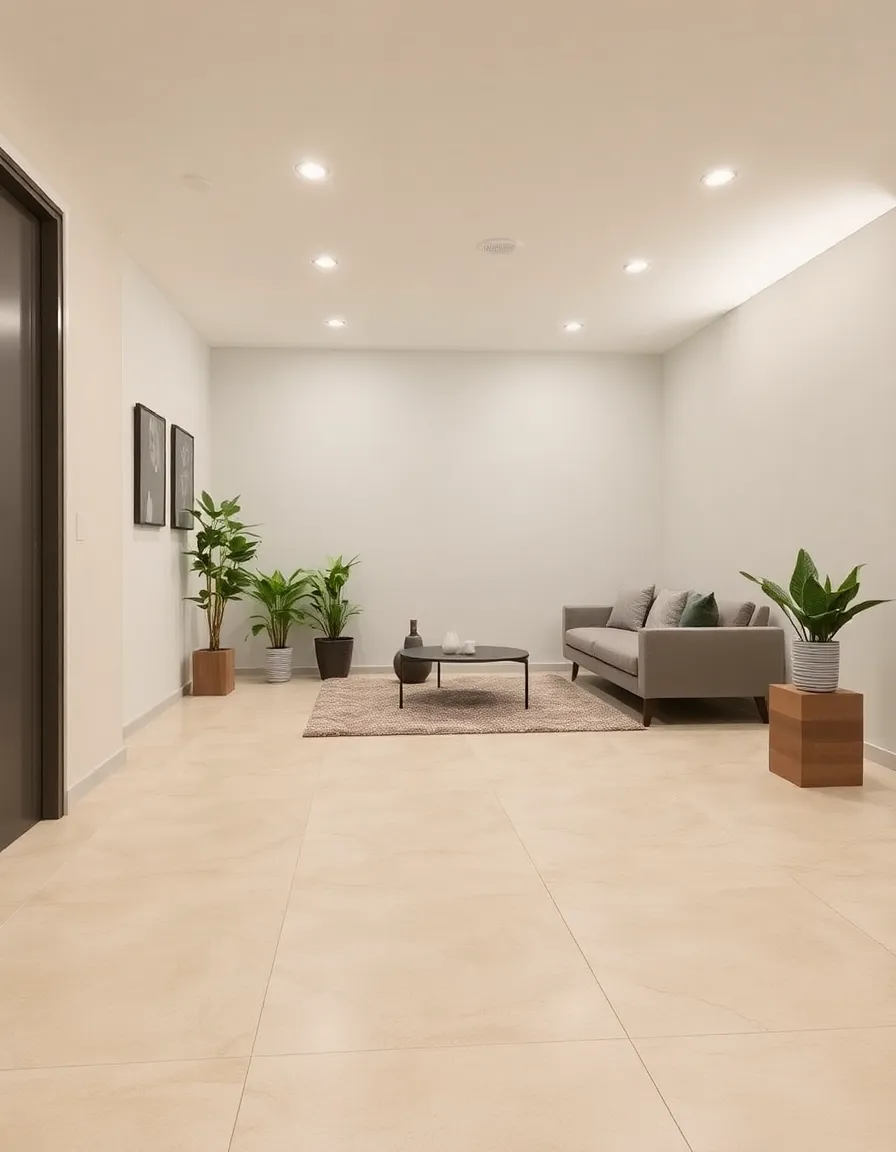
3. Engineered Wood: For the Hardwood Purists
Okay, hear me out. I know real hardwood and basements are like oil and water—they just don’t mix. But engineered wood? That’s a different story. It’s made with a thin layer of real wood on top of plywood, so it’s more stable in humid conditions. It gives you that classic hardwood look without the warping and cupping drama.
That said, engineered wood isn’t invincible. If your basement floods regularly (looking at you, rainy-season warriors), this might not be the best pick. I tried it in a semi-finished basement once, and while it looked gorgeous, I spent way too much time worrying about moisture levels. If you’re committed, though, pair it with a vapor barrier and a dehumidifier.
Pro tip: Opt for a floating installation to allow for natural expansion and contraction. Glue-down might seem sturdy, but it’s a nightmare to replace if something goes wrong.
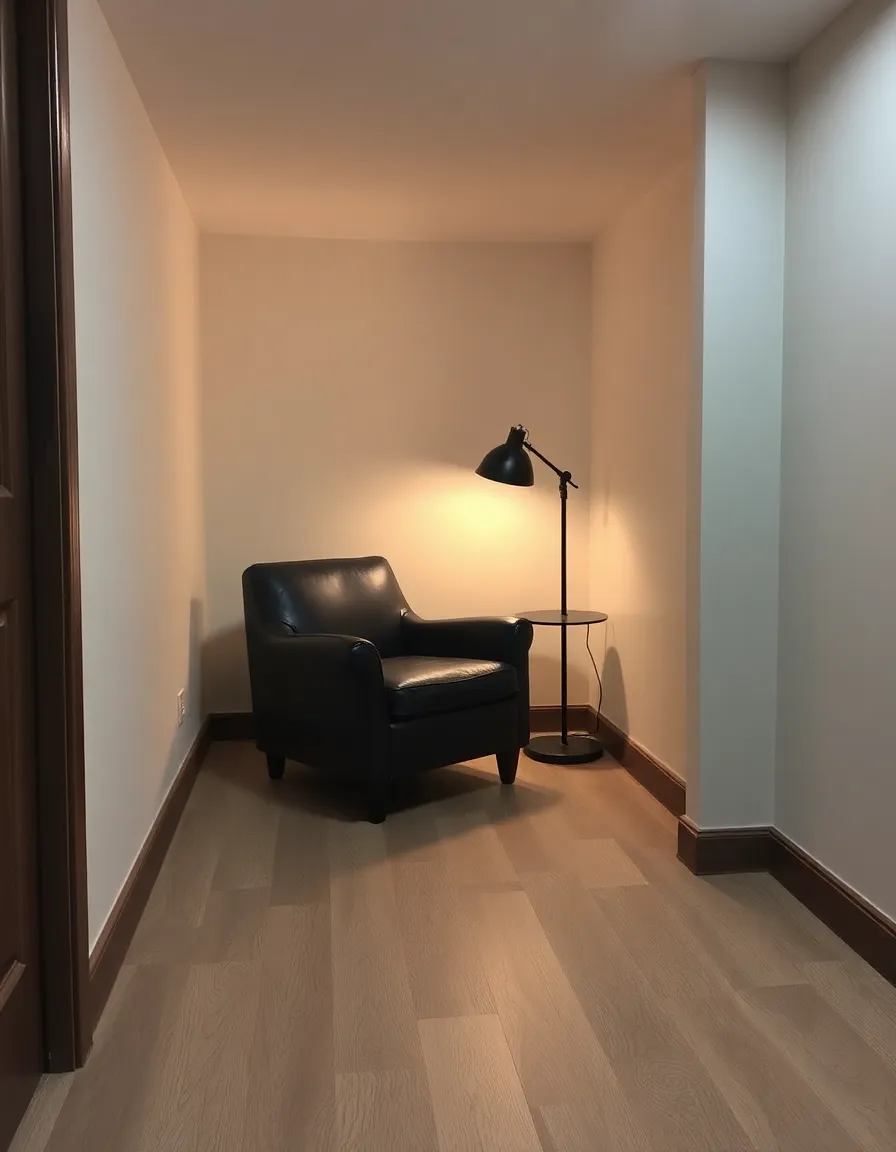
4. Epoxy Flooring: Industrial Chic or Garage Vibes?
Epoxy flooring is like the punk rock of basement floors—durable, low-maintenance, and a little edgy. It’s a resin-based coating that seals your concrete, making it resistant to stains, moisture, and your kid’s attempts to draw on it with permanent markers (not that I’m speaking from experience).
The downside? It can feel sterile if you don’t jazz it up. Metallic flakes or colored epoxy can add personality, but unless you’re going for a “mad scientist lab” aesthetic, you’ll want to soften it with rugs and furniture. I once saw a basement with glow-in-the-dark epoxy, and while it was cool for about five minutes, it quickly became overwhelming. Less is more, folks.
Pro tip: If you’re DIY-ing epoxy, prep is everything. Skimp on cleaning the concrete, and you’ll end up with peeling floors and regret.

5. Carpet Tiles: The Underdog You Shouldn’t Overlook
Carpet in a basement? I know, I know—it sounds like a moldy disaster waiting to happen. But carpet tiles? Those are a whole different beast. They’re modular, so if one section gets ruined (thanks again, Fido), you can replace just that tile instead of redoing the entire floor. Plus, they add warmth and noise reduction, which is great if your basement doubles as a home theater or teenage hangout zone.
I installed carpet tiles in a client’s basement playroom, and they’ve survived juice spills, glitter explosions, and the occasional crayon massacre. The key is choosing tiles with moisture-resistant backing and avoiding super-plush piles that trap dampness. Low-profile, commercial-grade tiles are your best bet.
Pro tip: Go for a mix of patterns or colors to hide stains and add visual interest. Because let’s be real, basements aren’t exactly pristine environments.
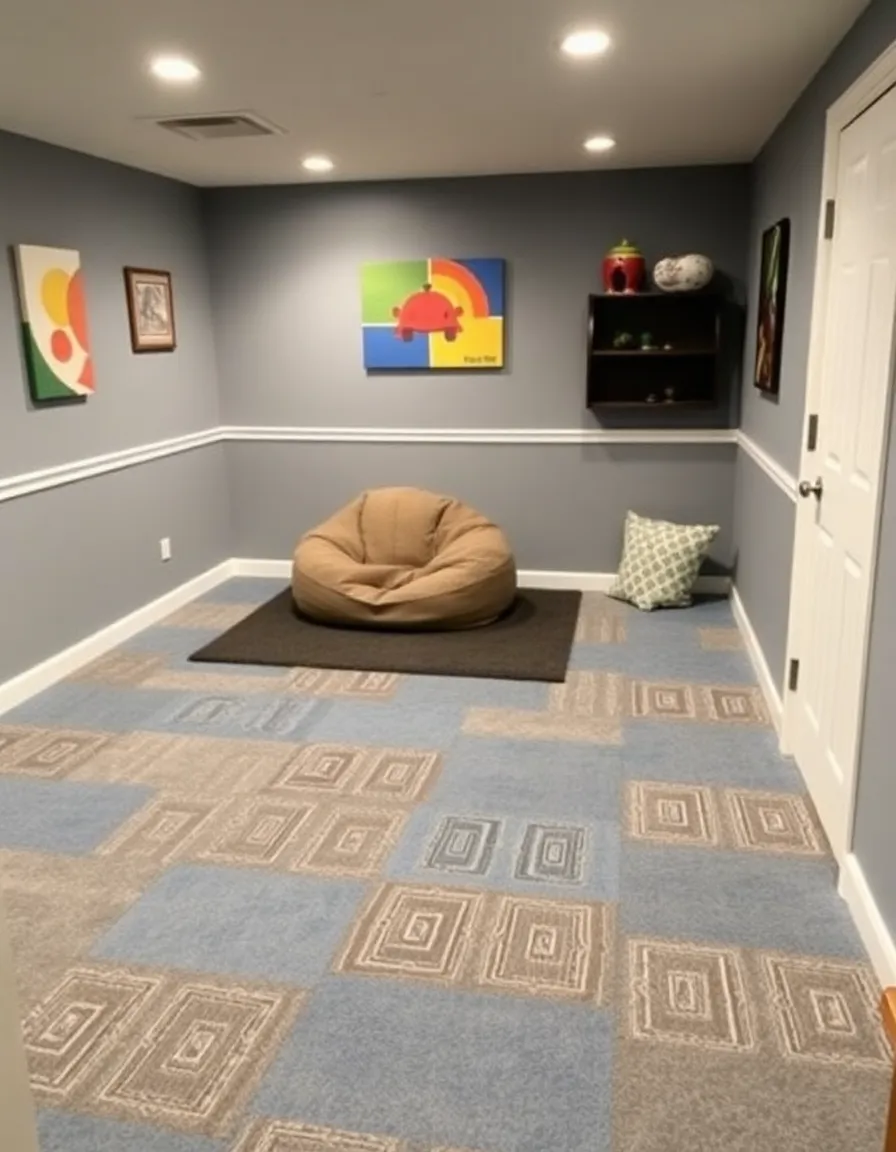
So there you have it—five basement flooring options that won’t make your small space feel like an afterthought. Whether you go with the practicality of LVP, the sleekness of tile, or the coziness of carpet tiles, the right choice depends on your lifestyle, budget, and how much you trust your washing machine.
At the end of the day, your basement doesn’t have to be a glorified storage unit. With the right flooring, it can become one of the most functional (and maybe even stylish) parts of your home. Now go forth and conquer that concrete jungle—you’ve got this.

